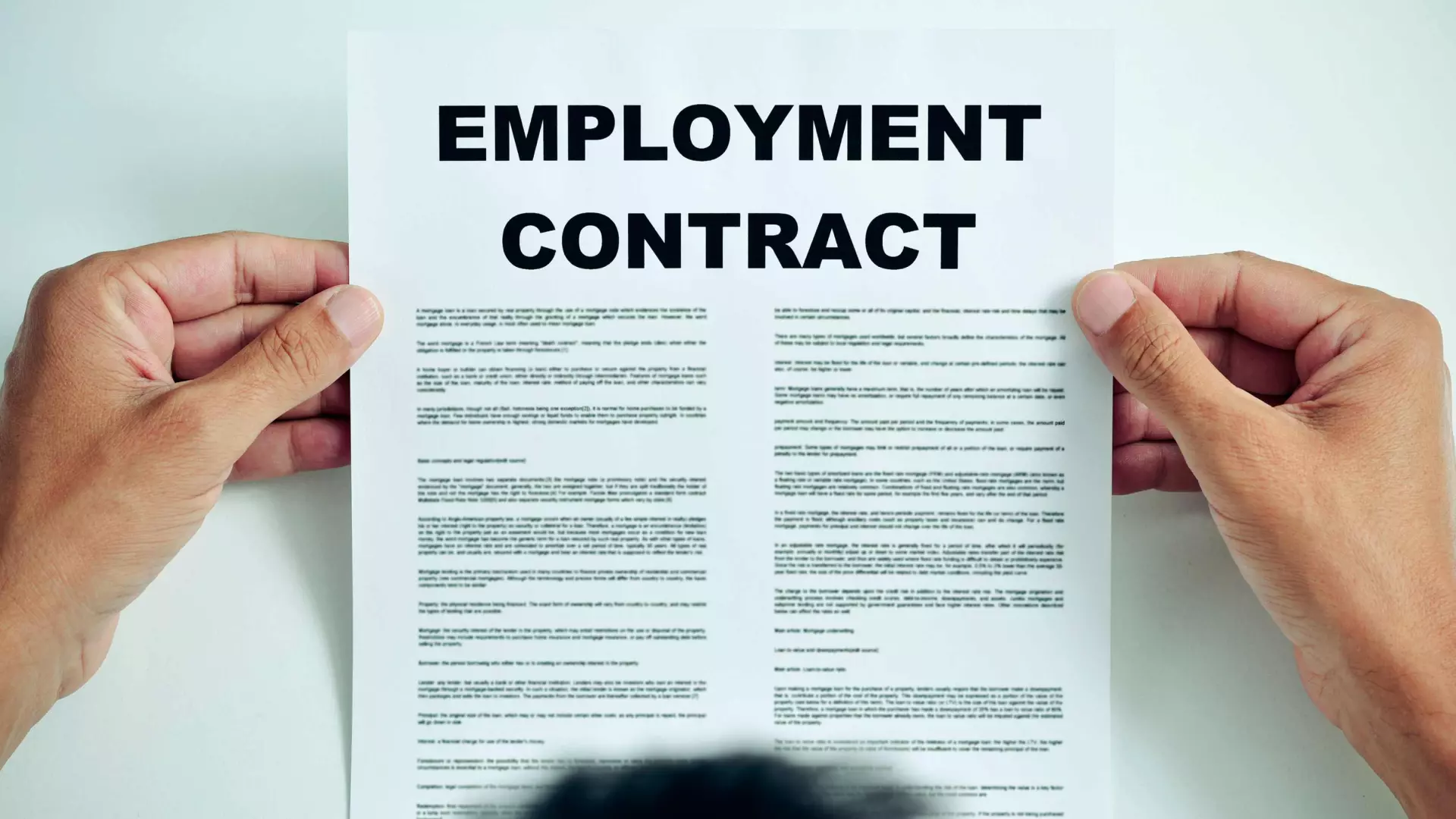Article
Superannuation Changes for Nannies in 2025

If you employ a nanny in Australia, whether part-time, full-time, or casually, it's important to stay up to date with changes to superannuation laws.
From 1 July 2025, the Superannuation Guarantee rate is increasing to 12%, and from 1 July 2026, new "payday super" rules will apply. These changes will impact how and when you pay super, even as a household employer.
In this article, we’ll break down what these updates mean for families and how Pay The Nanny can make staying compliant simple and stress-free.
1. Superannuation Increases to 12% from 1 July 2025
If you employ a nanny in Australia, you’re required to pay superannuation on top of their ordinary earnings. From 1 July 2025, the Superannuation Guarantee (SG) rate increases from 11.5% to 12%, marking the final stage of a gradual rise that began in 2021.
This means that for every $1,000 your nanny earns in ordinary time earnings, you must contribute an additional $120 to their nominated super fund. This change applies across Australia and to most employees, including nannies employed directly by families in the home.
Pay The Nanny Tip: If you're budgeting for the next financial year, make sure you factor in this increase to avoid underpaying your nanny’s entitlements.
2. Payday Super Becomes Mandatory from 1 July 2026
Currently, super contributions only need to be paid quarterly. But that’s about to change.
From 1 July 2026, all employers must pay their employees’ super at the same time as their salary or wages, a reform known as Payday Super.
This change aims to close the “unpaid super” gap and ensure workers receive their entitlements sooner. For nanny employers, this means:
- Super will need to be calculated and remitted with every pay cycle (weekly or fortnightly).
- You must use a system that supports real-time reporting and payments.
While the change doesn’t come into effect until 2026, it’s worth preparing ahead of time, especially if you manage your nanny’s payroll manually or via spreadsheets.
3. Domestic Employers: The Rules Are Slightly Different
Families who employ a nanny directly fall under the category of “household employers” or domestic employers. The ATO recognises this as a special category with some administrative differences, including:
- Registration: You still need to register for PAYG withholding and superannuation obligations.
- Super choice: You must offer your nanny the option to choose their own super fund.
- Reporting: You are still required to report through Single Touch Payroll (STP) if you pay a nanny regularly and they are an employee (not a contractor).
Even though household employers aren’t running a business, the superannuation and payroll obligations are the same as any other employer including the coming changes in 2025 and 2026.
If you're unsure whether your nanny is classified as an employee or contractor, you can refer to the ATO’s employee vs contractor tool or talk to Pay The Nanny for tailored guidance.
If you’re using Pay The Nanny then you don’t need to worry about the above, we’re already sorting that for you!
4. How Pay The Nanny Can Help
At Pay The Nanny, we take the stress out of nanny payroll. That includes managing all superannuation obligations, both now and as the law changes.
Here’s how we make it simple for families:
- We automatically calculate and pay super at the correct rate - including the 12% rate from 1 July 2025.
- We’re already set up to handle payday super, so you don’t need to worry when the new rules come into effect in 2026.
- We support Single Touch Payroll (STP) and ATO reporting, keeping you compliant every step of the way.
- We handle the super fund setup, contributions, and remittance, so you never miss a payment.
Whether you’re paying your first nanny or want to make sure you’re up to date with the latest changes, our team is here to help.
Need Help Managing Super for Your Nanny?
Get peace of mind with a payroll partner that handles it all, from payslips to super, leave tracking, and ATO reporting.

Superannuation for Nannies in 2023

Simplifying Nanny Payroll: 5 Easy Steps for Stress-Free Payments

2025 Guide to Employment Contracts for Nannies in Australia

Nanny vs Daycare: Which One is Right for Your Family in 2025?
